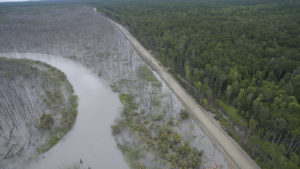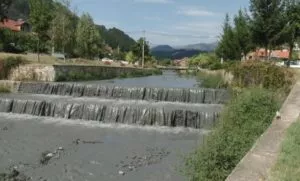Producing just one gold ring generates 20 tons of mine waste. So where does all this waste go?
Much of the waste generated from mining comes during the extraction process, after the target mineral is separated from the ore. This chemical laden sludge, known in the industry as tailings, are typically stored in earthen dams or impoundments.
But in some places, mining companies dump this mine waste directly into rivers, lakes and oceans, polluting vital bodies of water with heavy metals and other chemicals poisonous to humans and wildlife. In fact, mining companies are dumping more than 220 million tonnes of hazardous mine waste into the world’s waterways each year.
Although mine waste dumping in water has been phased out in many parts of the world, mining companies still use it and the world’s largest banks and investment firms still profit from it. Now, despite devastating and irreversible impacts, governments in countries like Norway and Chile are considering turning Indigenous land, fjords and fisheries into mine waste dumping grounds.
Earthworks is calling for a complete ban on the dumping of mine waste into oceans, rivers, and lakes. Until that happens, we must stop this practice by demanding financial institutions withdraw from any project that would use it.



